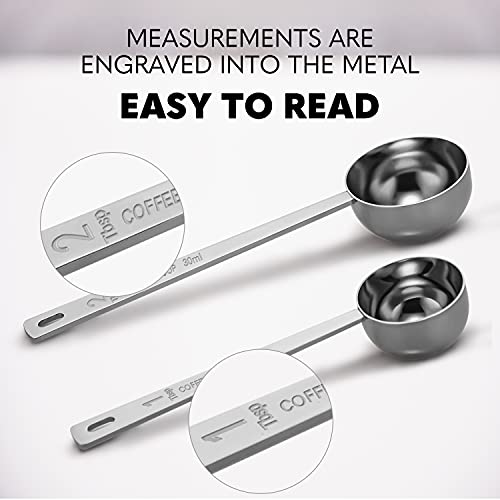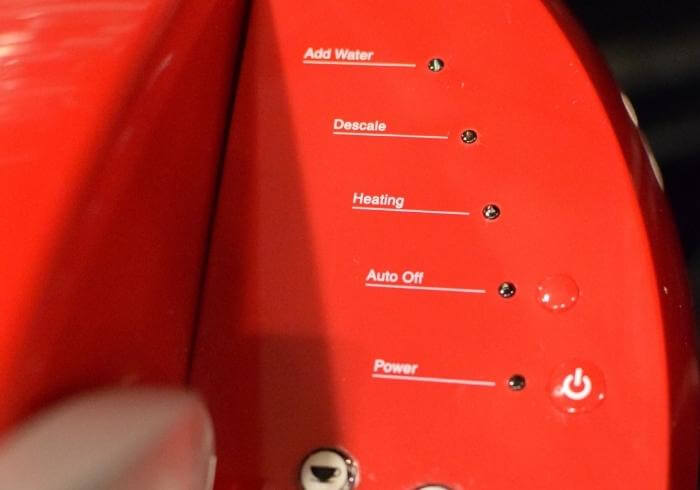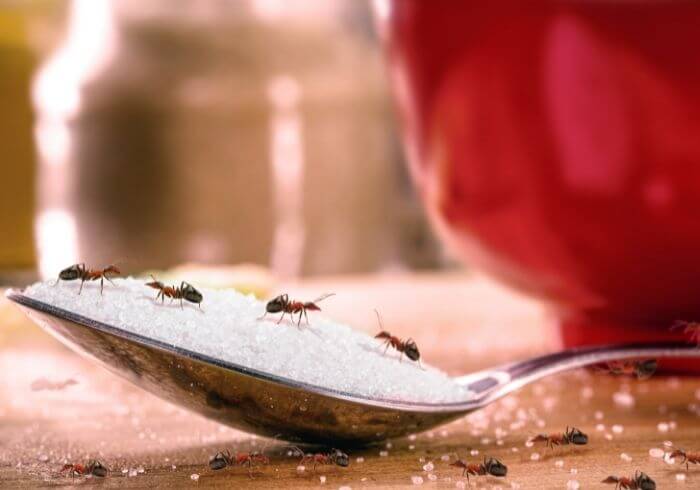Have you ever had one of those mornings where you need a good cup of coffee to get you going, but you’re unsure about the measurements? I get it! It’s not just about getting a caffeine fix. It’s about savoring a cup that’s brewed to perfection.
But, between grams, tablespoons, ratios, and those elusive “coffee cups,” it can feel like you need a math degree just to make your morning brew taste better.
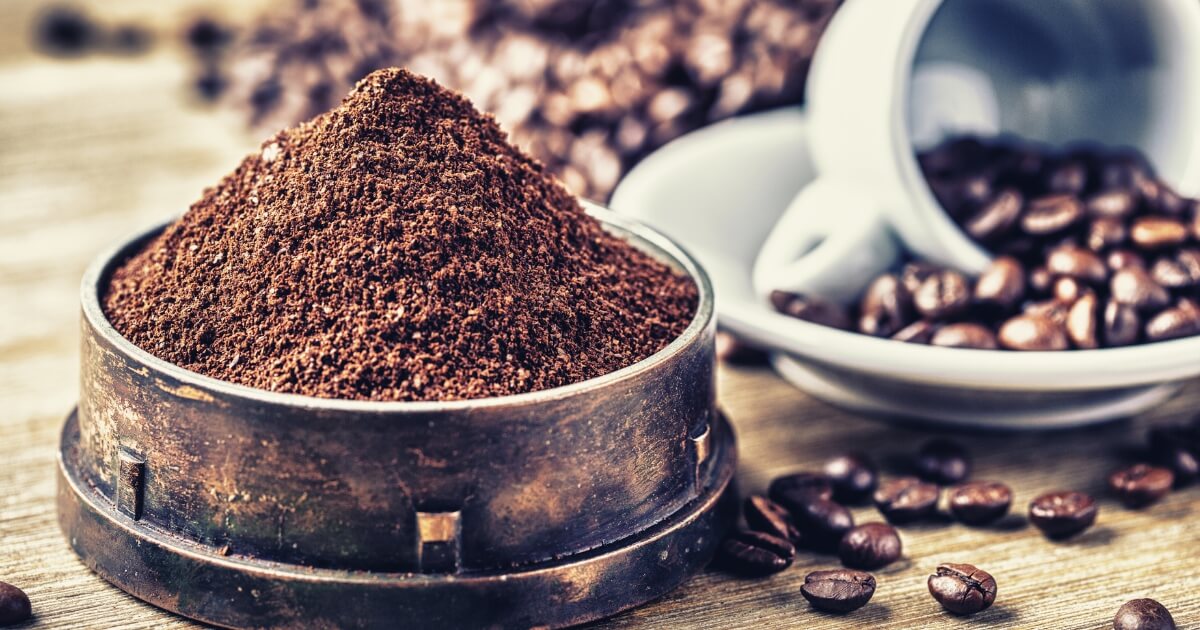
In this guide, you’ll find a breakdown of conversions from grams to tablespoons and insights into how much ground coffee per cup is just right and how a coffee cup differs from your standard cup.
Whether you’re a casual coffee drinker or a budding barista, this is your one-stop shop to decode those coffee measurements and brew a better cup using your favorite method.
Coffee-To-Water Ratio Guide
The coffee bean you pick is crucial in nailing down the right measurement. Each bean brings its own set of flavors, strengths, and roasts to the table.
While these guidelines offer a good foundation, brewing coffee is a blend of both art and science. So, play around with the measurements based on your coffee choice and discover the balance that delights your taste buds and your personal preference.
Cups & Tablespoons
| Brewing Method | Tablespoons Of Coffee Grounds | Water (Cups) |
|---|---|---|
| Drip Coffee Makers | 1 to 2 | 1 |
| French Press | 2 to 3 | 1 |
| Espresso | 1 to 1.5 | 0.125 |
| AeroPress | 1.5 to 2 | 0.5 |
| Cold Brew | 9.5 to 12 | 1 |
| Pour Over | 3 | 1 |
Weights & Volumes
| Brewing Method | Grams of Ground Coffee | Water (ml) |
|---|---|---|
| Drip Coffee | 10 to 15 | 240 |
| French Press | 16 to 20 | 240 |
| Espresso | 7 to 10 | 30 |
| AeroPress | 7 to 8 | 120 |
| Cold Brew | 48 to 60 | 240 |
| Pour Over | 14 to 15 | 240 |
Coffee Ratios
Let’s quickly examine some popular brewing methods and how they play with the coffee-to-water ratio.
| Brewing Method | Ratio (coffee:water) | Notes |
|---|---|---|
| French Press | 1:12 to 1:15 | Coarser grind. |
| Espresso | 1:3 to 1:4 | Extract over 25-30 seconds. Finely-ground coffee. |
| Drip Coffee Maker | 1:15 | Medium-ground coffee. |
| AeroPress | 1:15 to 1:17 | Grind between fine and medium. |
| Cold Brew | 1:4 to 1:5 | Steep for 12-24 hours. Coarsely-ground coffee. |
| Pour Over | 1:16 to 1:17 | Medium-coarse grind. |
Skimp on the coffee, and you’re left with a cup that’s a bit on the light side. But, go overboard with the coffee, and it’s like a slap of bitterness. It’s not the best way to start the day.
Getting that balance spot on? That’s where the magic happens. It means every bit of goodness in those coffee grounds gets into your cup.
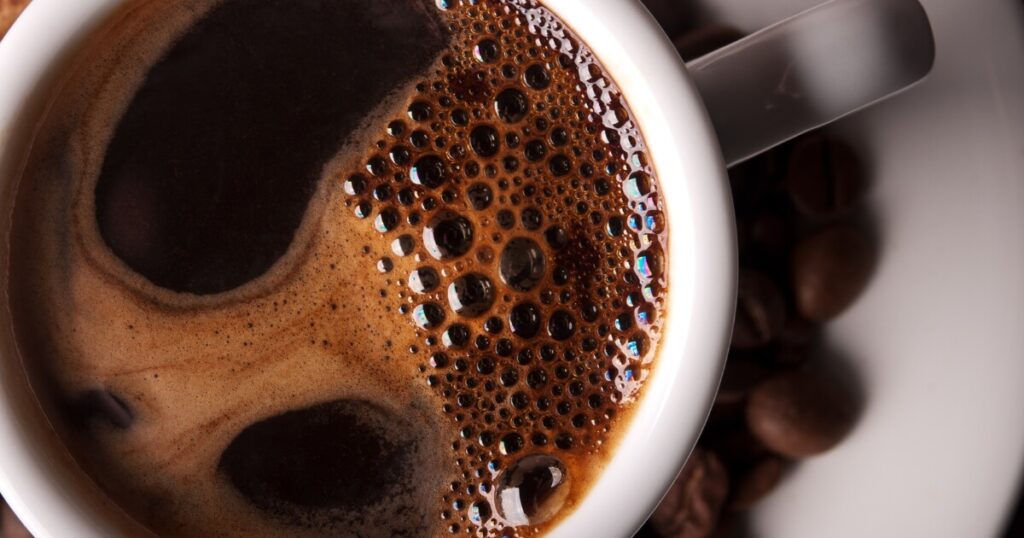
The result? A coffee that smells as good as it tastes.
Each method brings out different flavors and characteristics of the beans. And, of course, each method might require a little tweak in the measurements.
Grams vs. Tablespoons: Which Should You Choose?
Should you measure by weight or by volume? Especially when it comes to coffee, this choice can make a noticeable difference in your brew. Let’s break it down.
Using Grams (Weight):
Pros:
- Precision: Weighing your coffee gives you consistent results every time. A gram is a gram, no matter the bean or grind size.
- Consistency: Your coffee strength remains the same whether it’s Monday morning or a lazy Sunday afternoon.
- Adaptability: Different coffee beans and grind sizes can have varied volumes. Weight doesn’t play tricks; it’s always accurate.
Cons:
- Requires a Scale: You’ll need a kitchen scale, which is an extra piece of equipment if you don’t already have one.
- Slightly More Time-Consuming: It might take an extra minute to weigh out your coffee compared to just scooping it.
Using Tablespoons (Volume):
Pros:
- Convenience: Just grab a spoon, scoop, and you’re good to go. No fuss.
- No Extra Equipment: No need for a scale. One less thing to worry about.
Cons:
- Less Accurate: A tablespoon of one type of coffee might not be the same as another, especially if the grind sizes differ.
- Inconsistency: You might get slight variations in strength and flavor from one brew to the next.
In the end, whether you choose grams or tablespoons comes down to what you value more: the precision and consistency of weight or the convenience and simplicity of volume.
Both methods have their merits, but it’s all about finding what works best for you and your coffee routine.
Using A Coffee Scoop To Measure Ground Coffee
We’ve all been there: bleary-eyed in the morning, just wanting quick cups of coffee without the fuss of scales or measurements.
Get yourself a coffee scoop! It’s like that reliable friend who’s always there when you need them, making sure you start your day right.
The beauty of the coffee scoop lies in its simplicity. No need to fiddle with scales or second-guess measurements. Just one or two scoops of coffee, depending on how strong you like your brew, and you’re on your way to coffee bliss.
While a coffee scoop offers convenience, using it correctly for consistent results is essential.
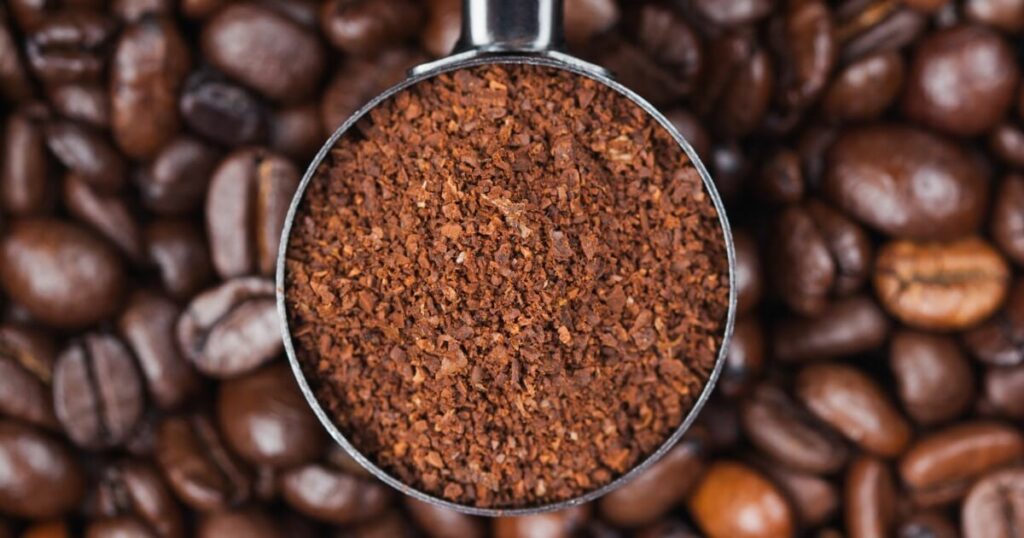
Here are a few tips to ensure you’re getting the most out of your scoop:
- Level It Out: After scooping, shake it carefully while still in the bag or use the back of a knife to level off the coffee. This ensures you’re getting the same amount every time.
- Know Your Scoop: Not all scoops are created equal. Some hold more than others. Understanding what your scoop holds allows you to adjust your scoops accordingly for the perfect brew.
- Fresh is Best: Remember, coffee is at its best when it’s fresh. So, make sure you’re storing your beans or grounds in an airtight container. And when it’s time to brew, your trusty scoop will be ready to help you get the perfect amount.
There are many tools and gadgets for brewing coffee. But sometimes, it’s the simplest ones, like the coffee scoop, that make all the difference.
Coffee Cups vs. Standard Cups: What’s the Difference?
Have you ever noticed how your coffee pot’s measurements seem a bit off? You’re not alone. It’s a common misconception that a “coffee cup” is the same as a standard US cup. But they’re not quite the same. Let’s clear up the confusion.

Standard US Cup:
A standard measuring cup in the US holds 8 fluid ounces, including hot water. It’s the one you’d use for cooking and baking, and it’s pretty straightforward.
Coffee Cup:
Now, here’s where it gets a tad tricky. A “coffee cup” in a coffee maker is typically 5 to 6 fluid ounces. Yep, smaller than a standard cup. So, if your coffee pot says it makes 12 cups, it’s not giving you 96 ounces of coffee. Instead, you’re getting around 60 to 72 ounces.
Why the Difference Matters:
You might think, “What’s an ounce here or there?” But these little differences can add up when it comes to brewing coffee. Using the wrong measurements can throw off your golden ratio of coffee to water, leading to a brew that’s either too weak or too strong.
A Tip for Accurate Brewing:
If you’re ever in doubt, just remember: it’s all about the ounces. Check your coffee maker’s manual or look for markings on the pot itself.
In the end, understanding the difference between coffee cups and standard cups is a small detail, but it can make a big difference in your coffee game.
Switching Between Measurements
Whether you’re trying out a new coffee recipe or adjusting to a new coffee maker, sometimes you need to switch between measurements.
You shouldn’t really use the measurements on your coffee maker, but I’ve got you covered with these handy conversions to make your coffee brewing seamless.
Standard US Cup Conversions:
| 1 standard US cup | = 8 fluid ounces of water |
| 1/2 standard US cup | = 4 fluid ounces of water |
| 1/4 standard US cup | = 2 fluid ounces of water |
Coffee Cup Conversions:
| 1 coffee cup (as per most coffee makers) | = 5 to 6 fluid ounces |
| 1/2 coffee cup | = 2.5 to 3 fluid ounces |
| 1/4 coffee cup | = 1.25 to 1.5 fluid ounces |
From Coffee Cup to Standard US Cup:
| 1 coffee cup | = approximately 0.625 to 0.75 standard US cups |
From Standard US Cup to Coffee Cup:
| 1 standard US cup | = approximately 1.33 to 1.6 coffee cups |
Tablespoons and Grams of Coffee:
| 1 tablespoon of ground coffee | = approximately 5 grams |
| 2 tablespoons of ground coffee | = approximately 10 grams |
Final Thoughts
Coffee brewing is a beautiful blend of art and science. While measurements, ratios, and techniques provide a solid foundation, the personal touch, intuition, and love for the brew make a cup of coffee special.
Remember, the guidelines we’ve discussed are just that—guidelines. They’re a starting point, a roadmap to guide your coffee journey.
But the destination? That’s up to you. Whether you like strong coffee that’s bold, light, and airy, or somewhere in between, the perfect coffee is the one that brings you joy.

